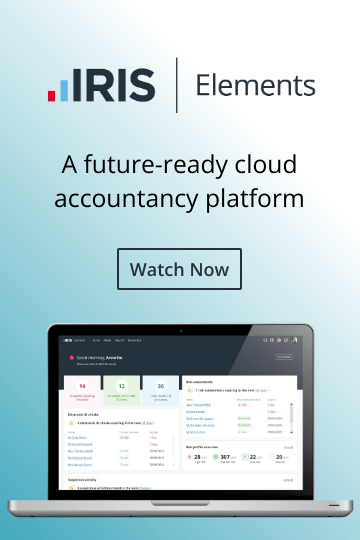BLOGS
Marginal Gains: So what does ‘integration’ mean anyway?
How IRIS interprets ‘integration’
‘Integration’ is a term much bandied about by accountancy software vendors. In this post, I’ll explain what we mean by integration here at IRIS and how our software differs from other solutions on the market.
IRIS sets the bar high for integration: all the practice software you buy from IRIS draws on the same underlying database. You create a client record once and the data is then available across all work for that client forevermore. Every user in the practice can share this data with the assurance that it is current and correct. As new information comes in, such as a change of address or a new director, it ripples through to everywhere that data appears.
This doesn’t just apply to the core IRIS accounts and tax software, but to modules such as Company Secretarial, Practice Management, Time & Fees and AutoMail (for automating client correspondence), too.
In other words, it’s a genuinely integrated suite, not just a collection of loosely connected software packages.
Automatically driving work forward
As you add more modules from the IRIS Accountancy Suite to your core products, the data is populated automatically from the centralised database, instantly bringing great time-savings. It also means that when a change is made to the data, the other modules in the suite automatically process and carry out tasks based on an integrated workflow.
For example, a change of address on a client’s set of final accounts in Accounts Production automatically generates the relevant form in Company Secretarial to be filed at Companies House.
This leads IRIS customers to report an average saving of 22 hours per month per employee. They also note that this powerful integration means fewer of the errors that arise out of the sheer tedium of data entry. They tell us that they use the time they have saved for higher value work, to build customer relationships and grow their business, or simply to achieve a better work-life balance.
Beware of imitations
In contrast, some software vendors can only offer partial integration. Perhaps only some of the data is integrated or maybe the software uses a technique known as ‘screen scraping’, where it grabs data, such as a client identifier, from the position on the screen where it should always appear. If you move this data to another position, then the wrong data will be captured.
Questions to ask to pinpoint the level of integration would be:
- Are data changes made within a product instantly reflected within all other ‘integrated’ products?
- When a change is made, does this automatically progress the workflow?
- Will the software provide a complete view of everything about the client in one place that is always correct and up-to-date?
To find out more about true integration using market-leading IRIS software, download our free guide: ‘10 Benefits of Centralising Your Practice Data’, which includes contributions from accountants in practice describing the positive impact that working with a single, centralised database has made.
The journey concludes...









